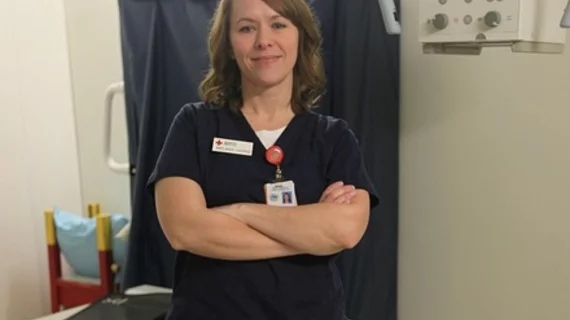Radiology techs in especially high demand as 85% of hospitals seek ‘allied’ health workers
More than four-fifths of healthcare provider organizations are shorthanded of allied health professionals, and the job title with the most unfilled positions in the category is radiologic technologist.
The findings are from a survey conducted by the staffing company AMN Healthcare, which released a report on the project Oct. 20.
The company says it received responses from 1,005 representatives of various provider entities that employ allied staff, defined within the field as healthcare professionals who are distinct from medicine and nursing.
Along with the 85% of orgs that reported at least moderate concern over unfilled openings, 82% said they’d hired newly graduated allied health professionals over the past year.
Only 15% said they were experiencing shortages a little or not at all.
Meanwhile, when AMN asked which workers survey recipients hired over the past year, 38% said radiologic technologists.
Close behind were orgs that hired physical therapists at 36%, and rounding out the top five were lab technicians (31%), occupational therapists (30%) and speech pathologists (26%).
Also, when asked to identify the top source of difficulty in filling open job slots, 80% named the overall labor shortage.
Some 71% cited long lags between posting jobs and filling them—possibly attributable to a lack of candidates who are both well-qualified and highly interested—as a key staffing challenge.
Almost half, 46%, named burnout among allied healthcare professionals as a major staffing challenge.
Other key findings:
- 67% of respondents are offering additional hiring incentives such as signing bonuses,
- 59% are increasing pay rates, and
- 59% are hiring temporary allied healthcare professionals to fill gaps on their staffs.
Relative to the latter finding, AMN notes that the COVID pandemic pushed the slice of organizations using temporary solutions from 25% before to 30% during and/or after.
“The fact that 30% of healthcare facilities’ allied healthcare professional staffs now are composed of temporary providers underscores the increasingly mobile nature of the healthcare workforce,” comments AMN Healthcare divisional president Robin Johnson in a news release promoting the report. “Allied healthcare professionals are in short supply and many facilities are struggling to keep pace with their staffing needs.”
AMN adds:
The high demand for radiologic technologists, who operate X-ray, MRI and other imaging equipment, suggests that patient utilization of medical procedures and other services is rising after being temporarily suppressed by the pandemic. Demand for other types of allied professionals is largely tied to patient aging, patient backlogs created by COVID-19, widespread poor health and related factors.”
The full survey report is available in exchange for contact info here.

